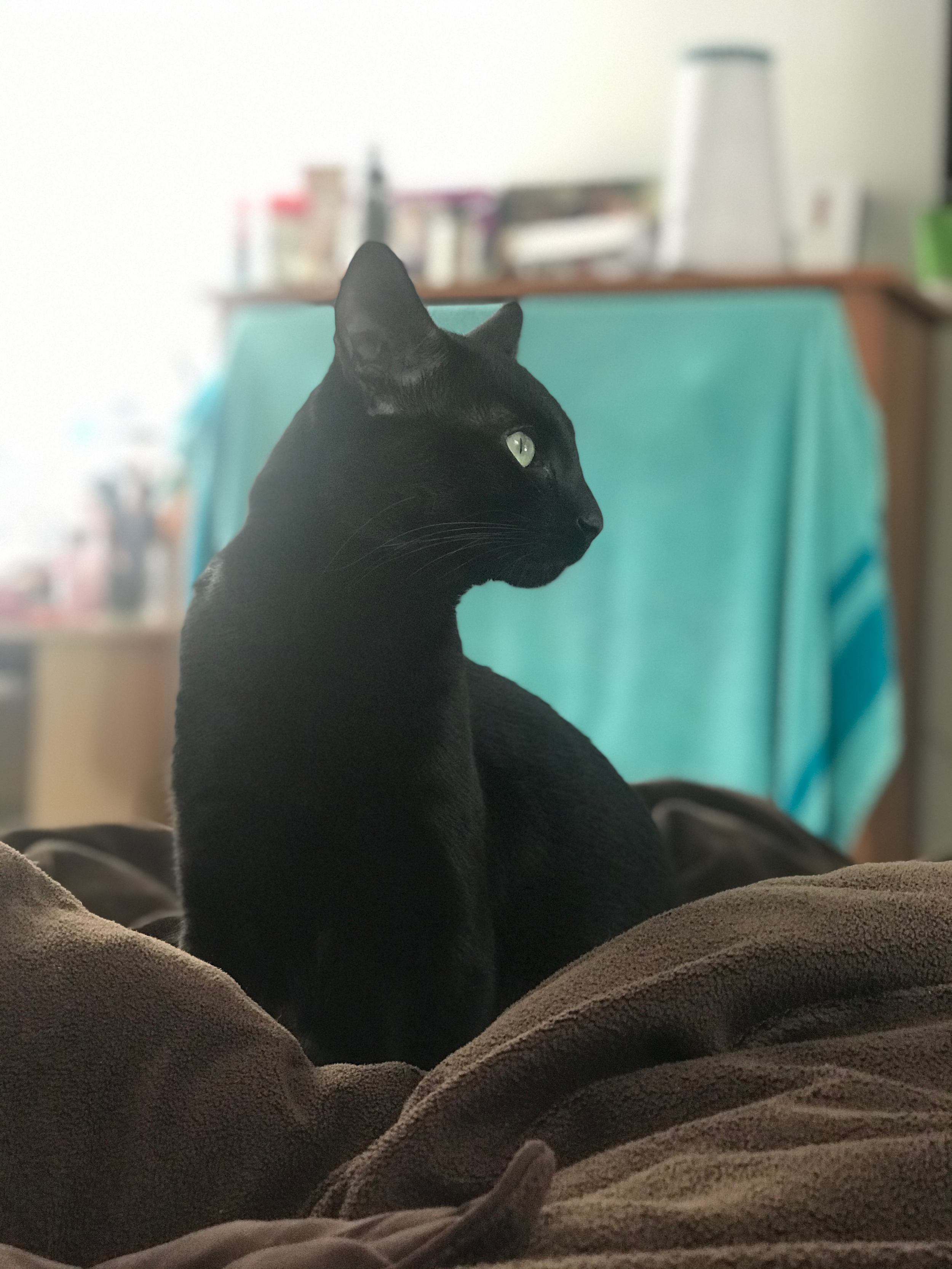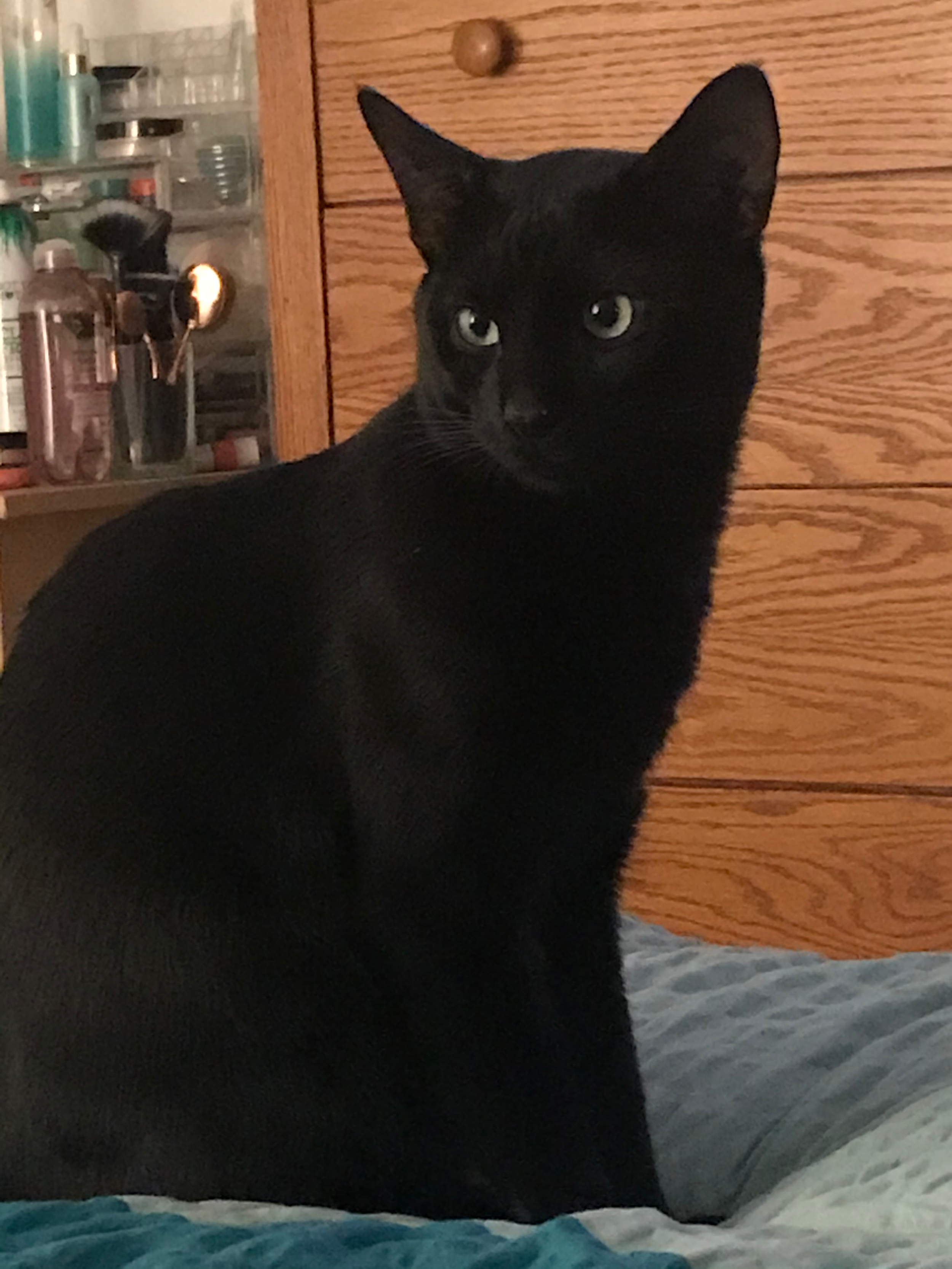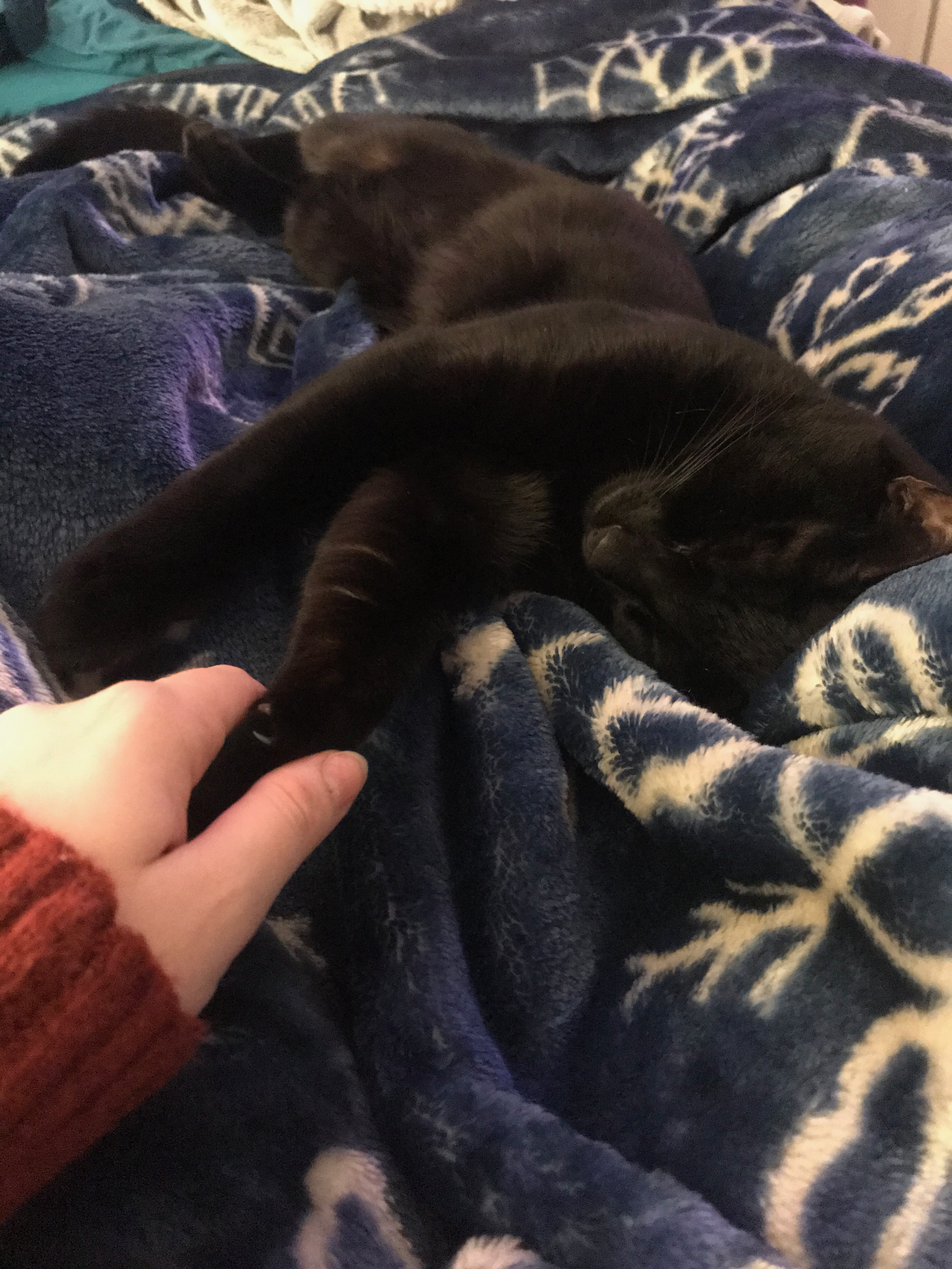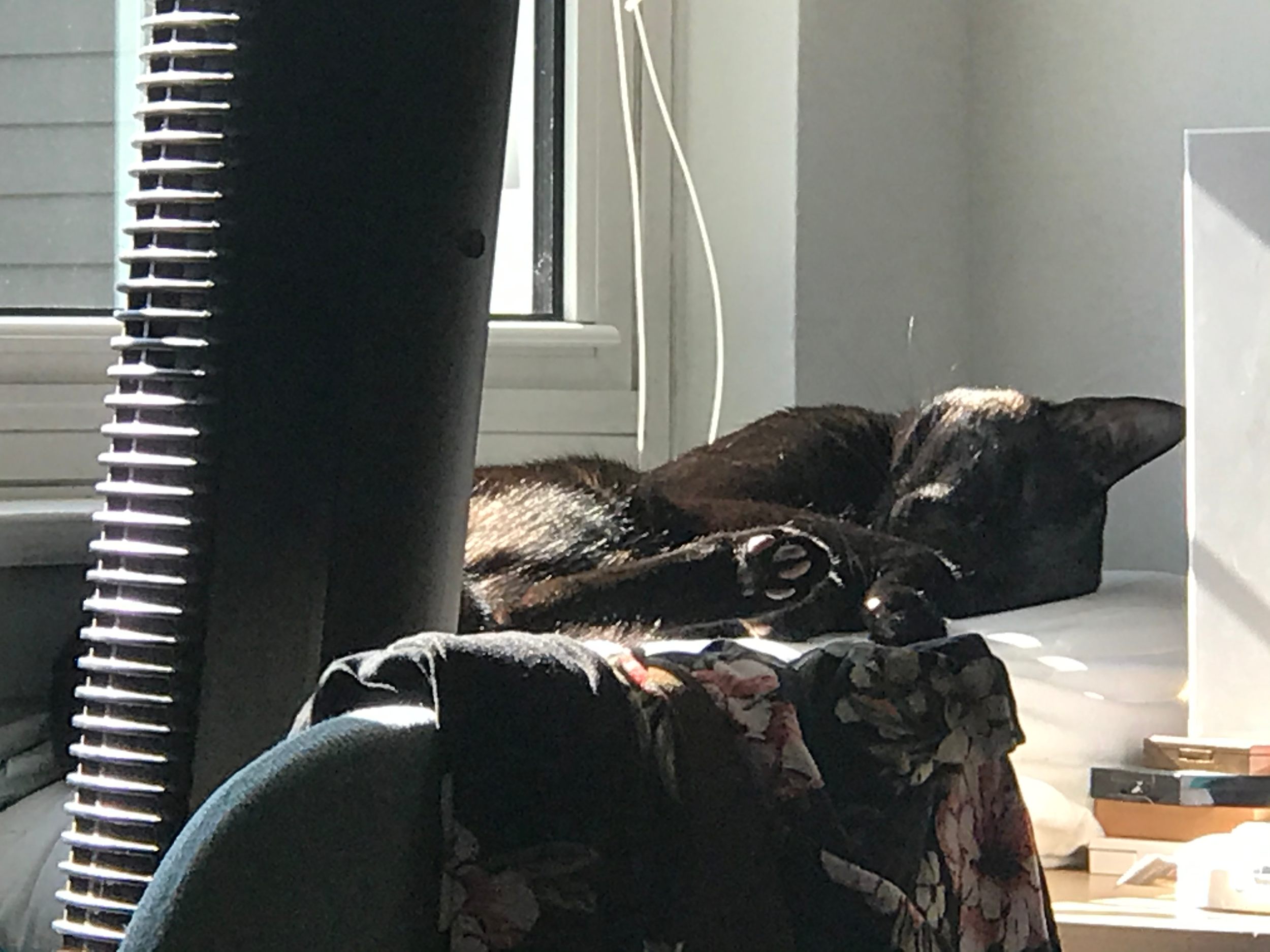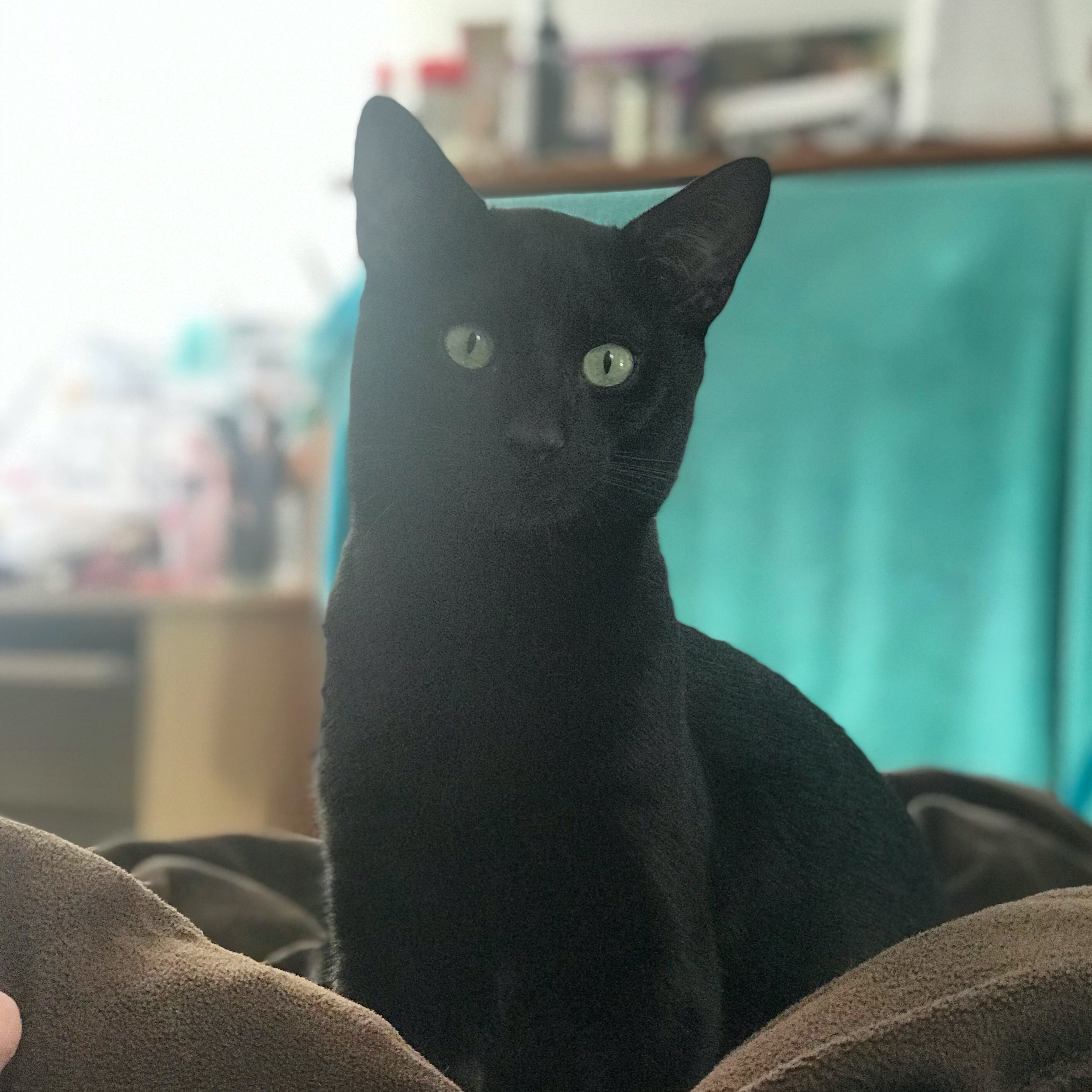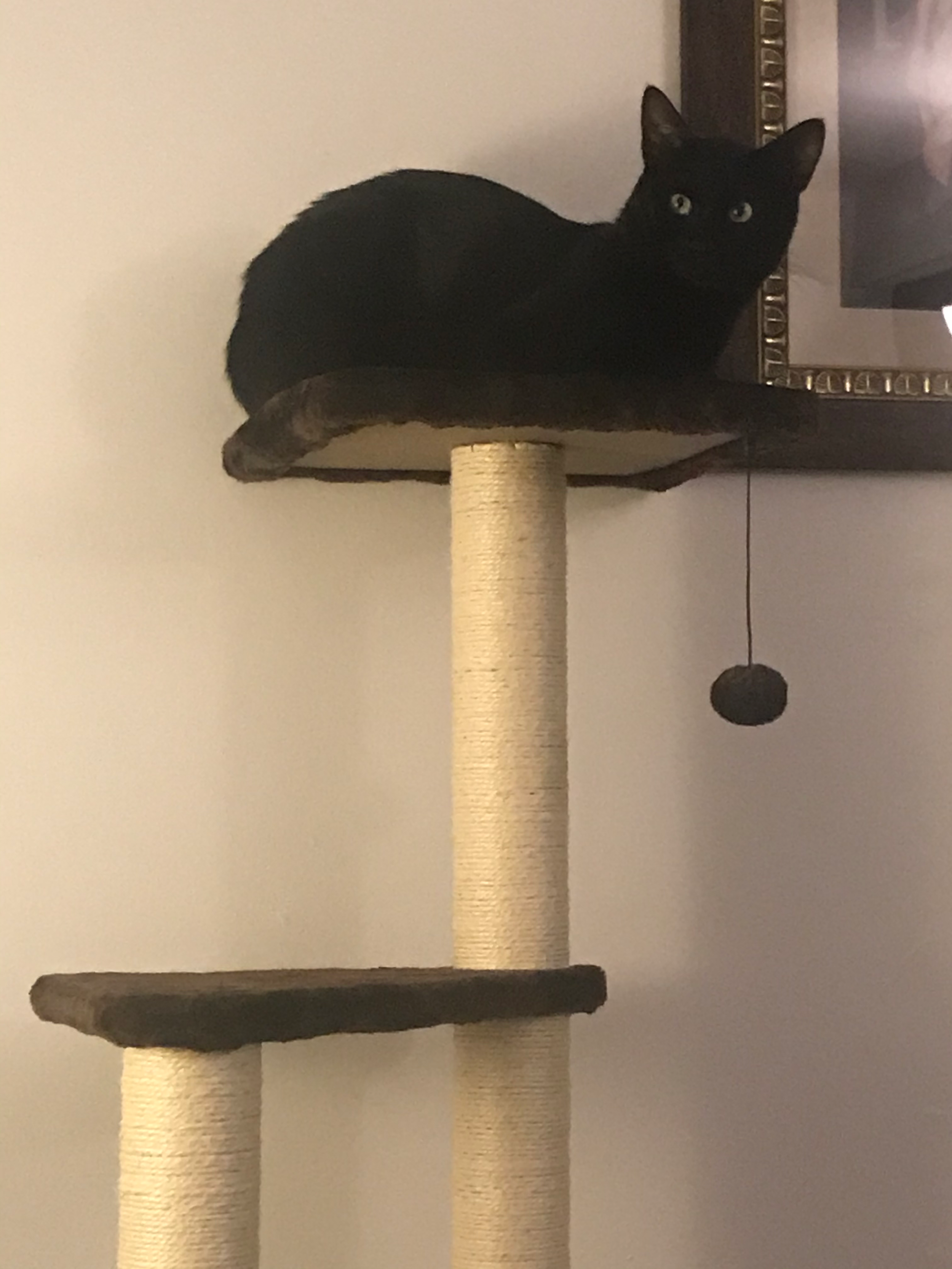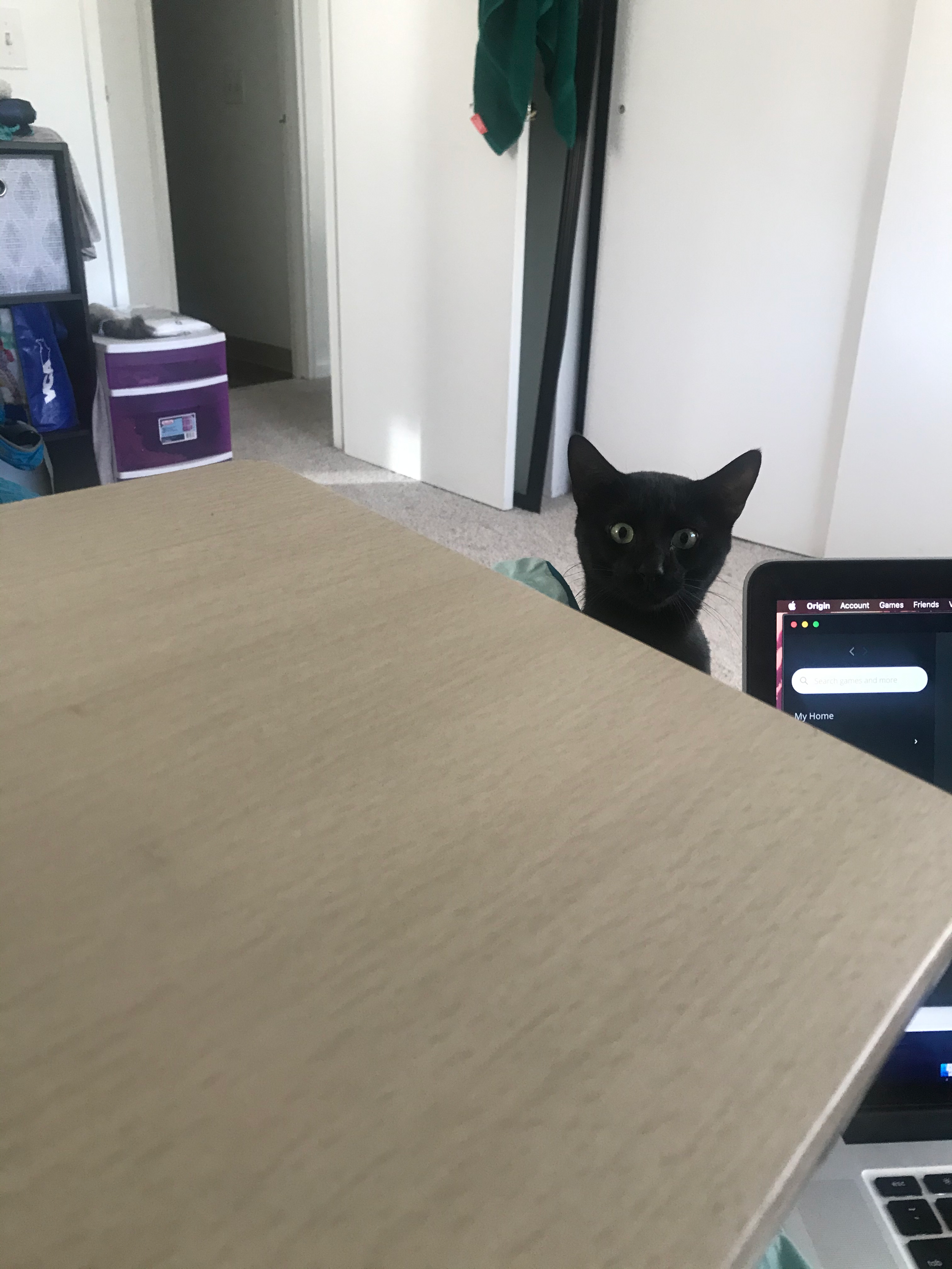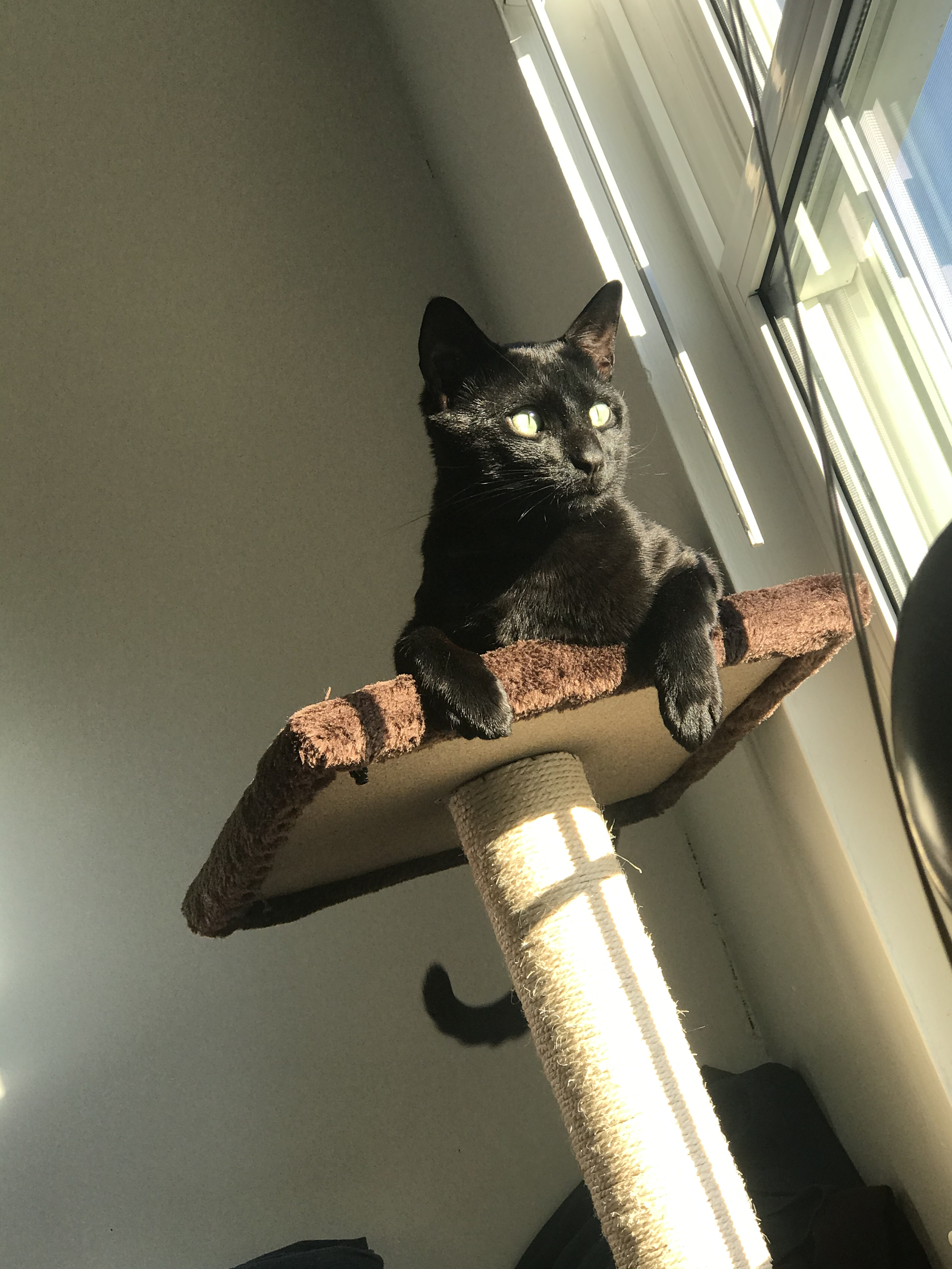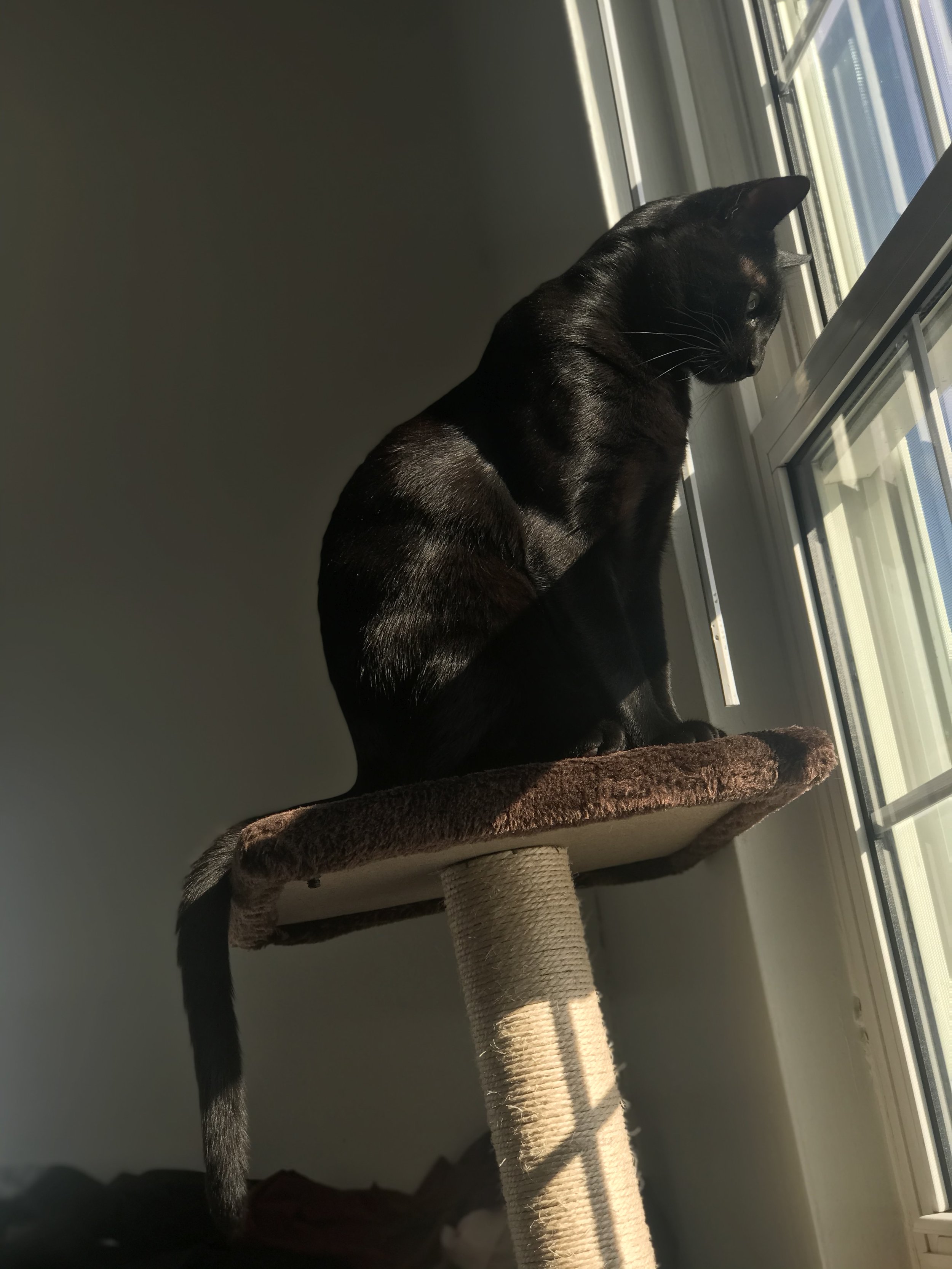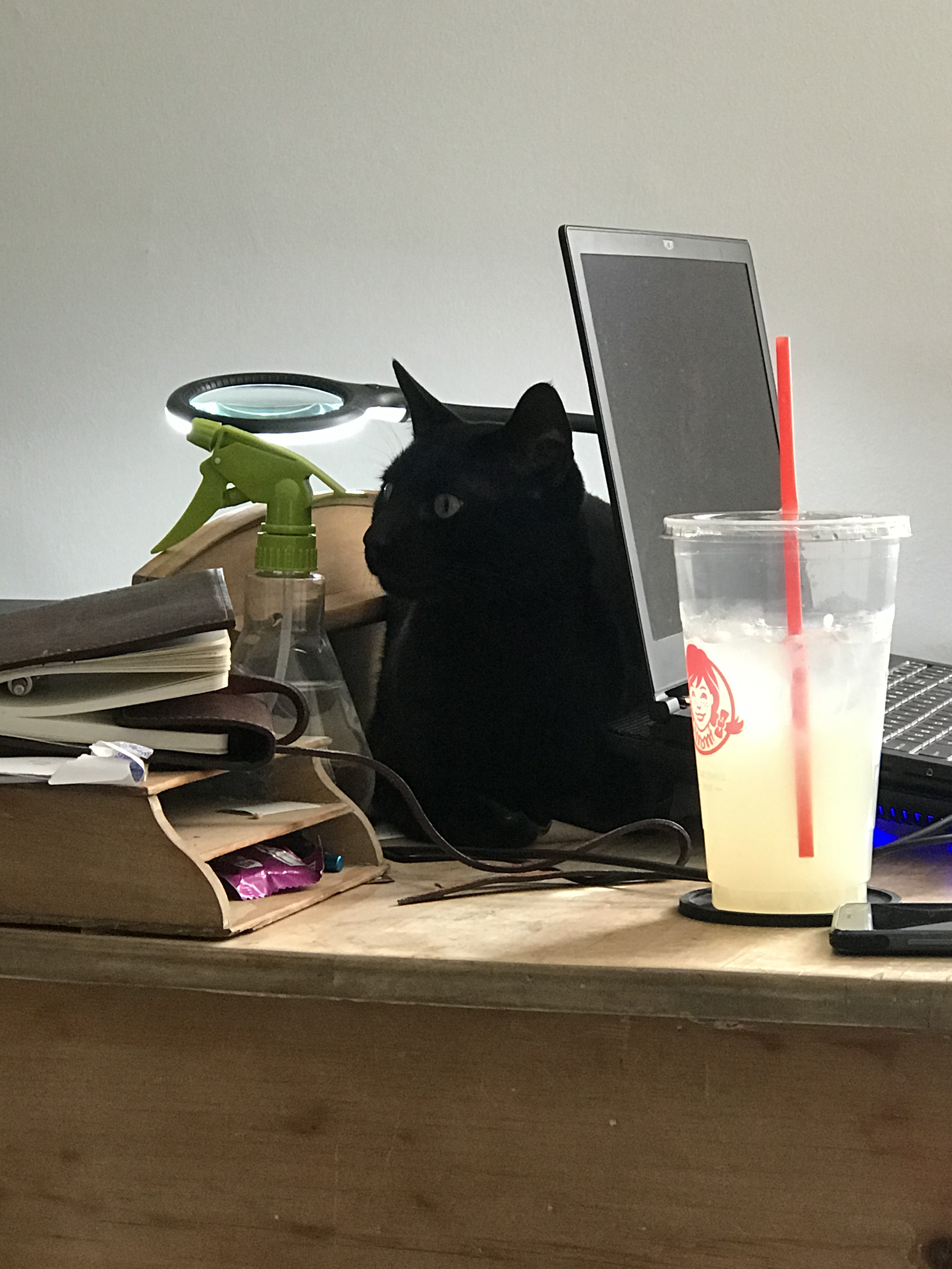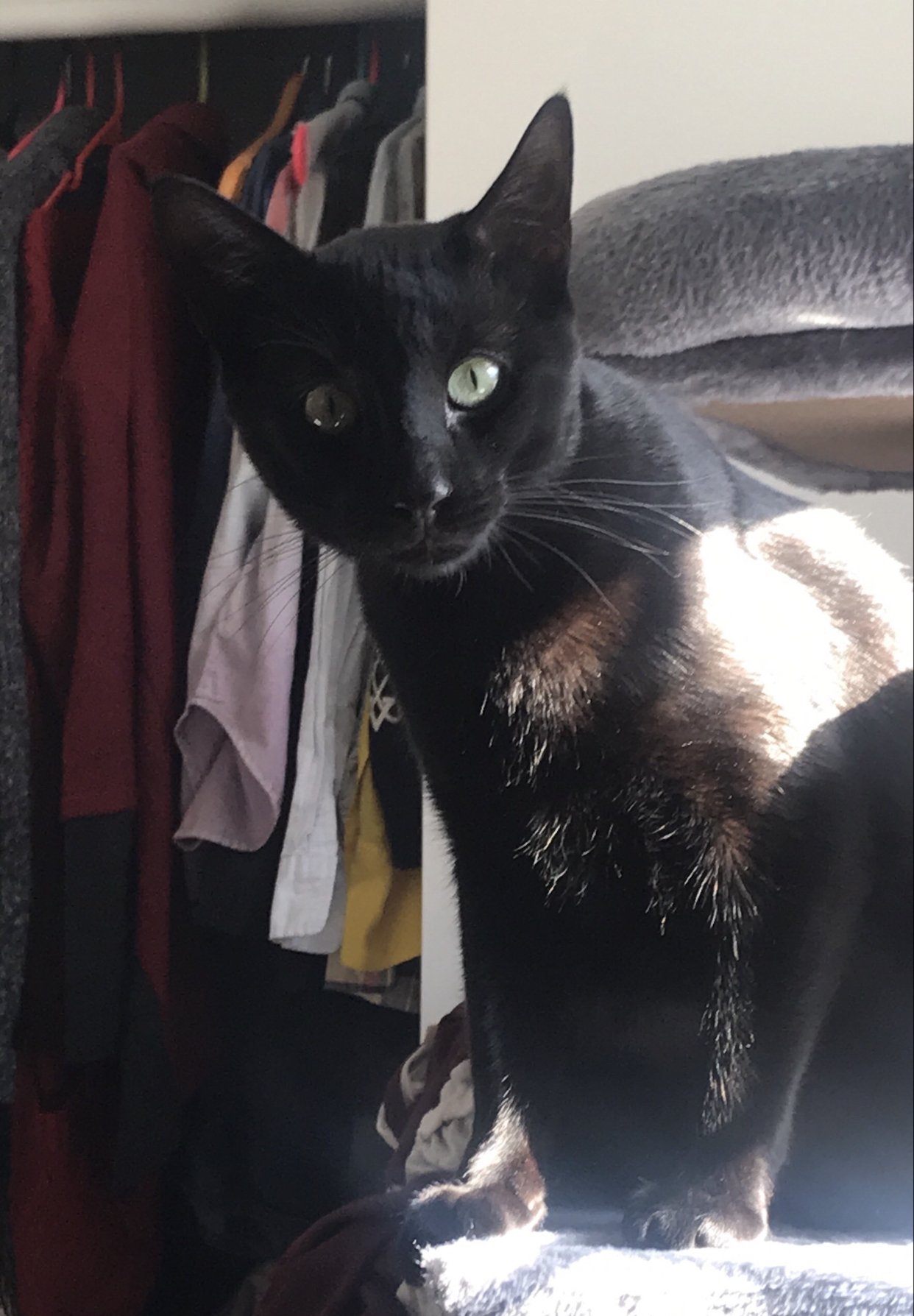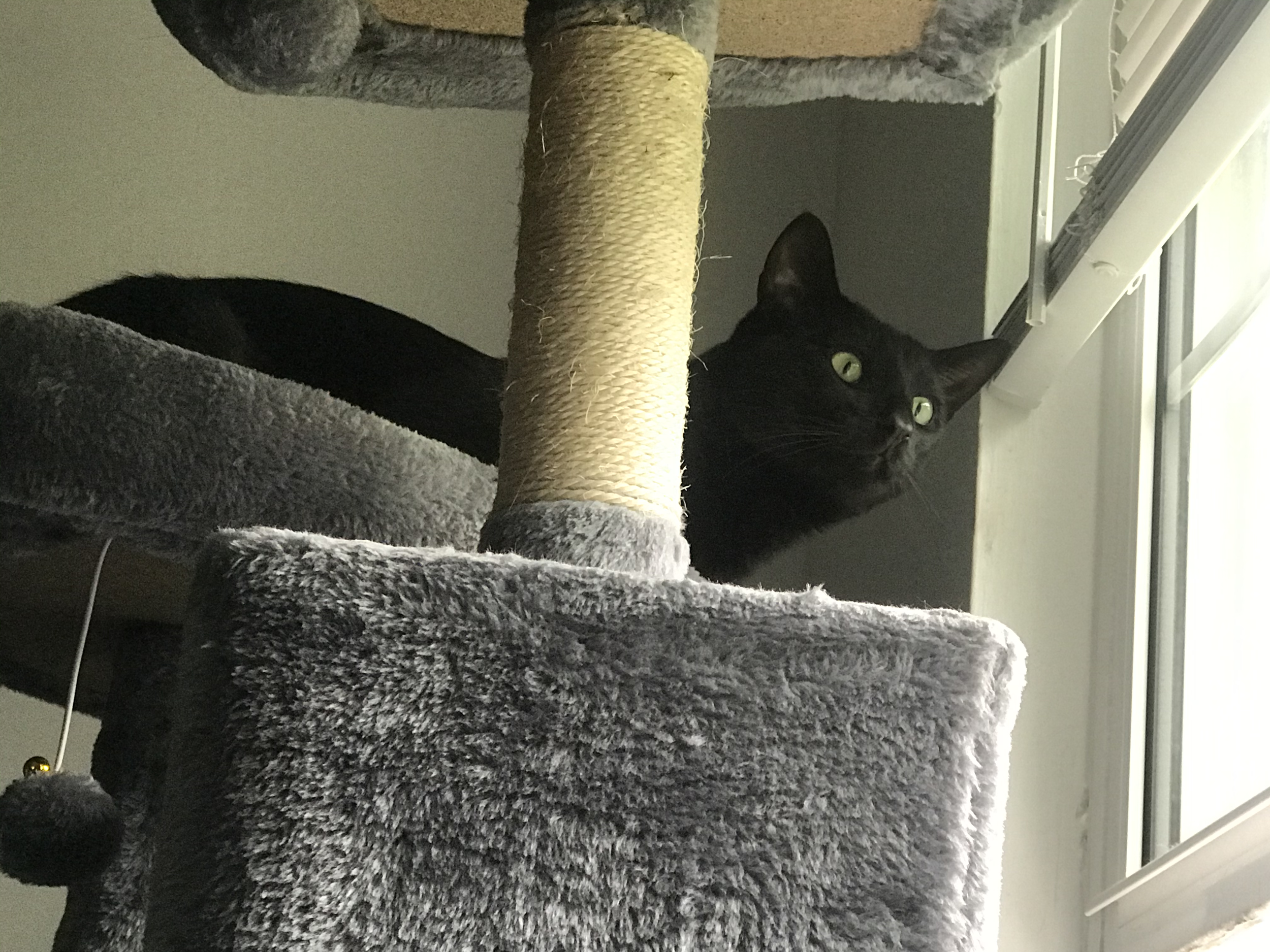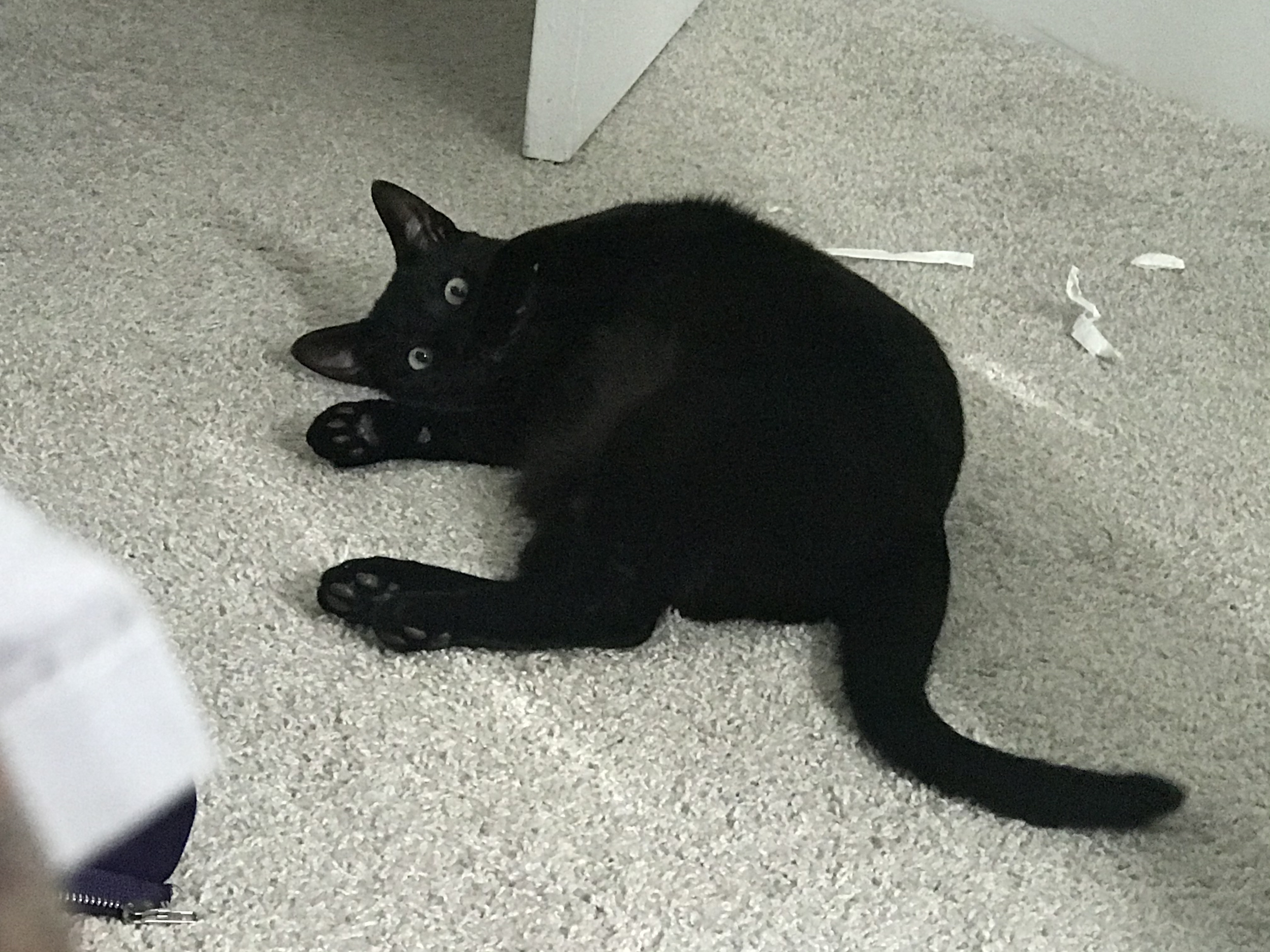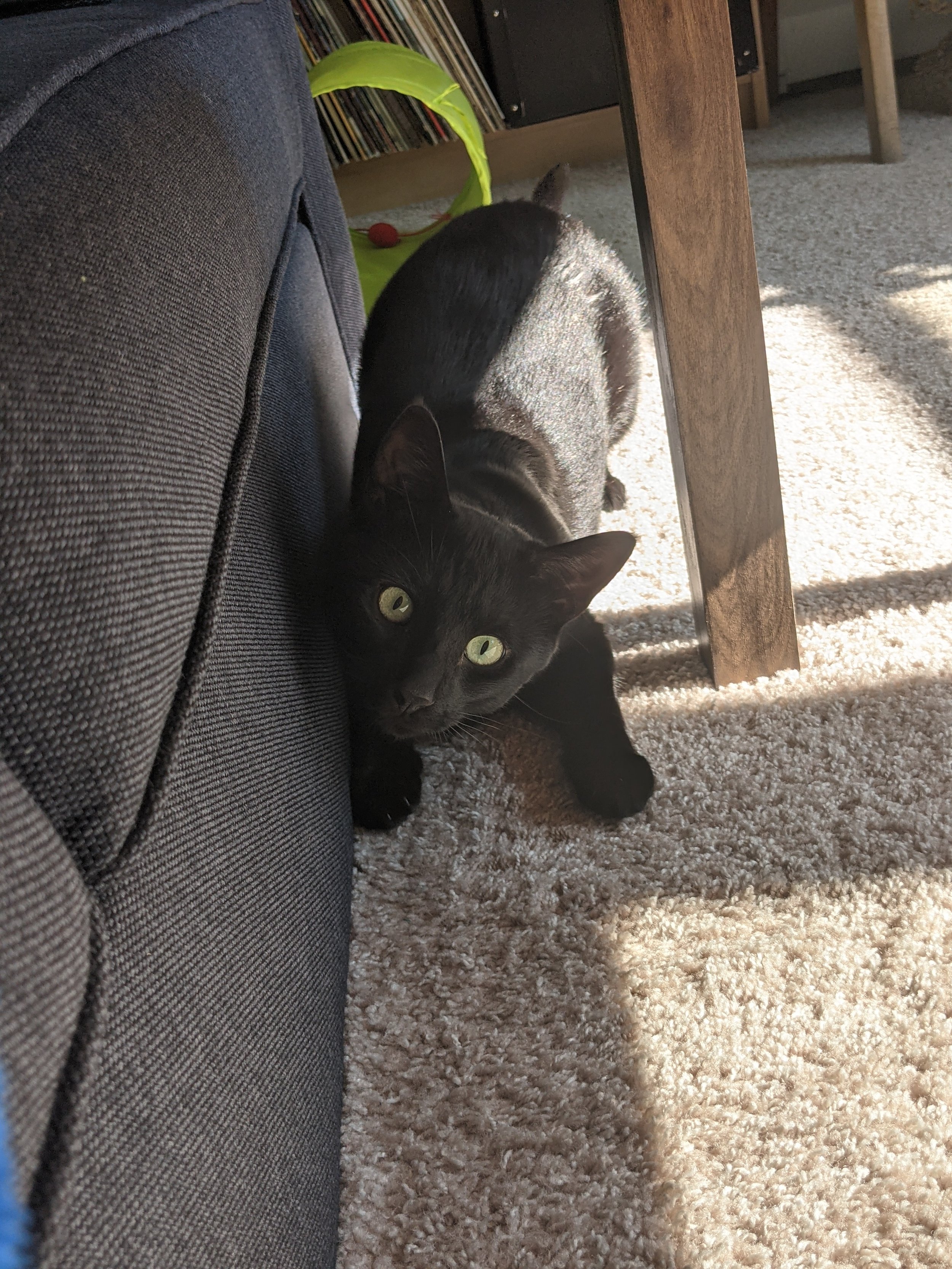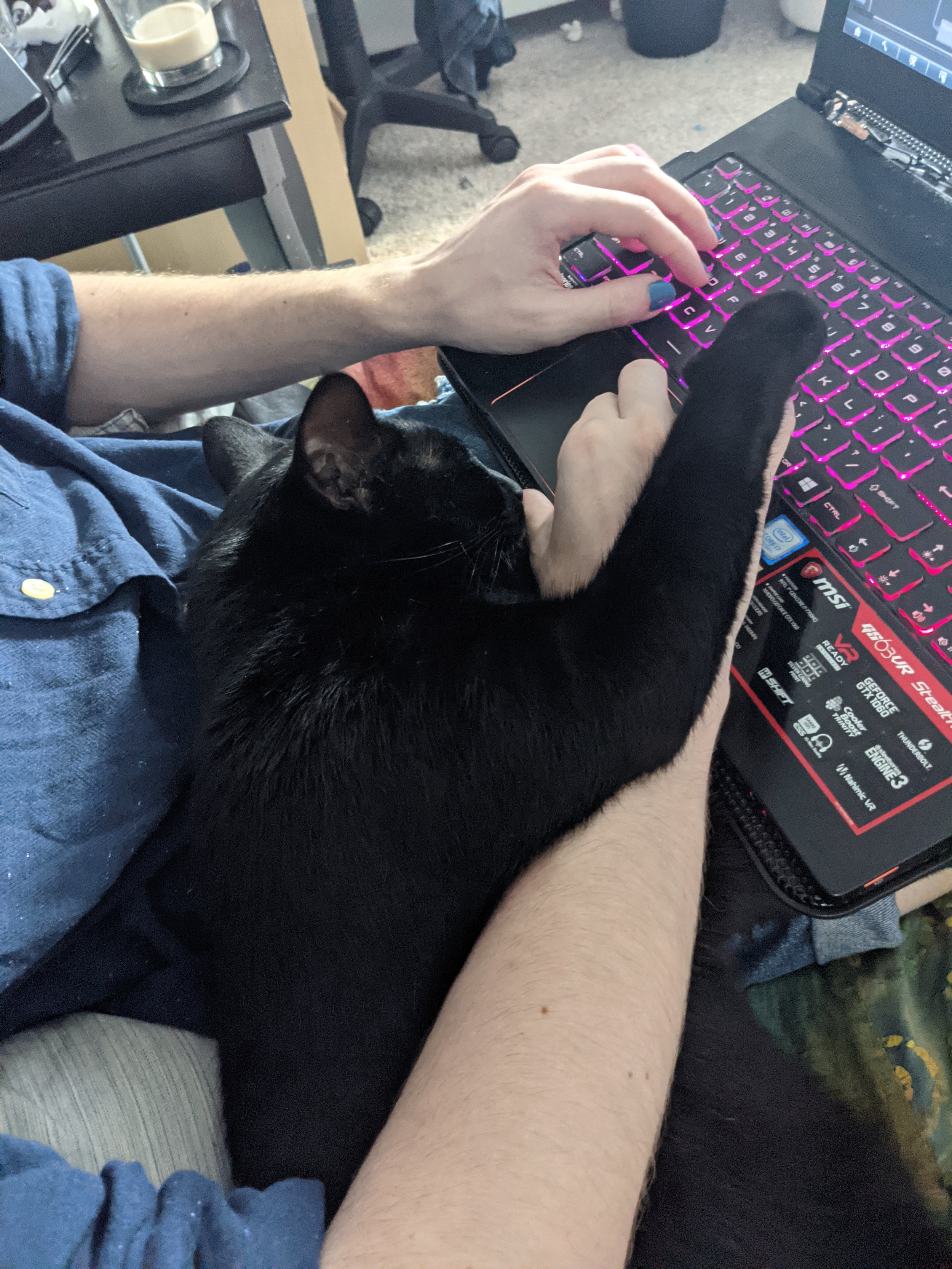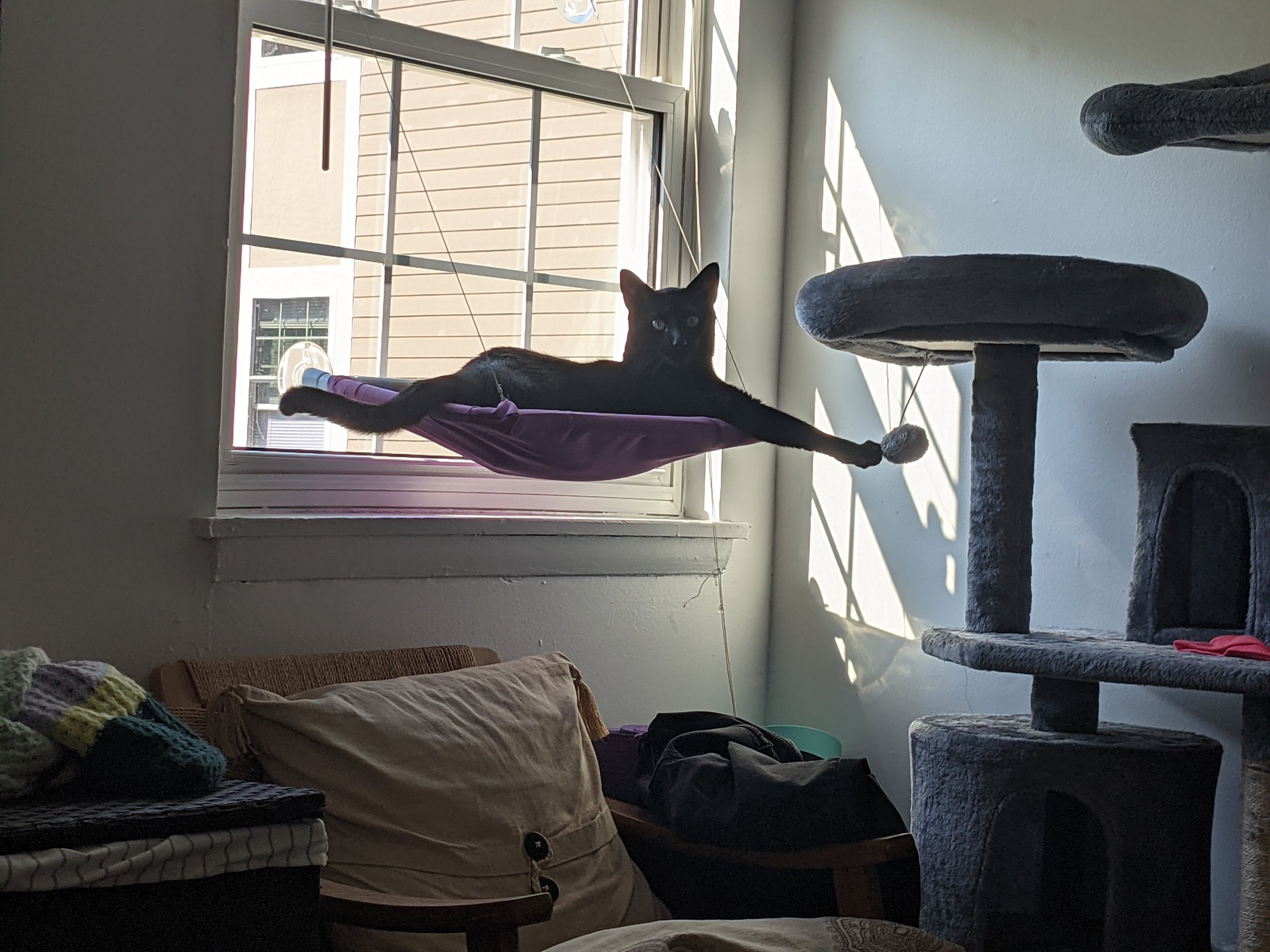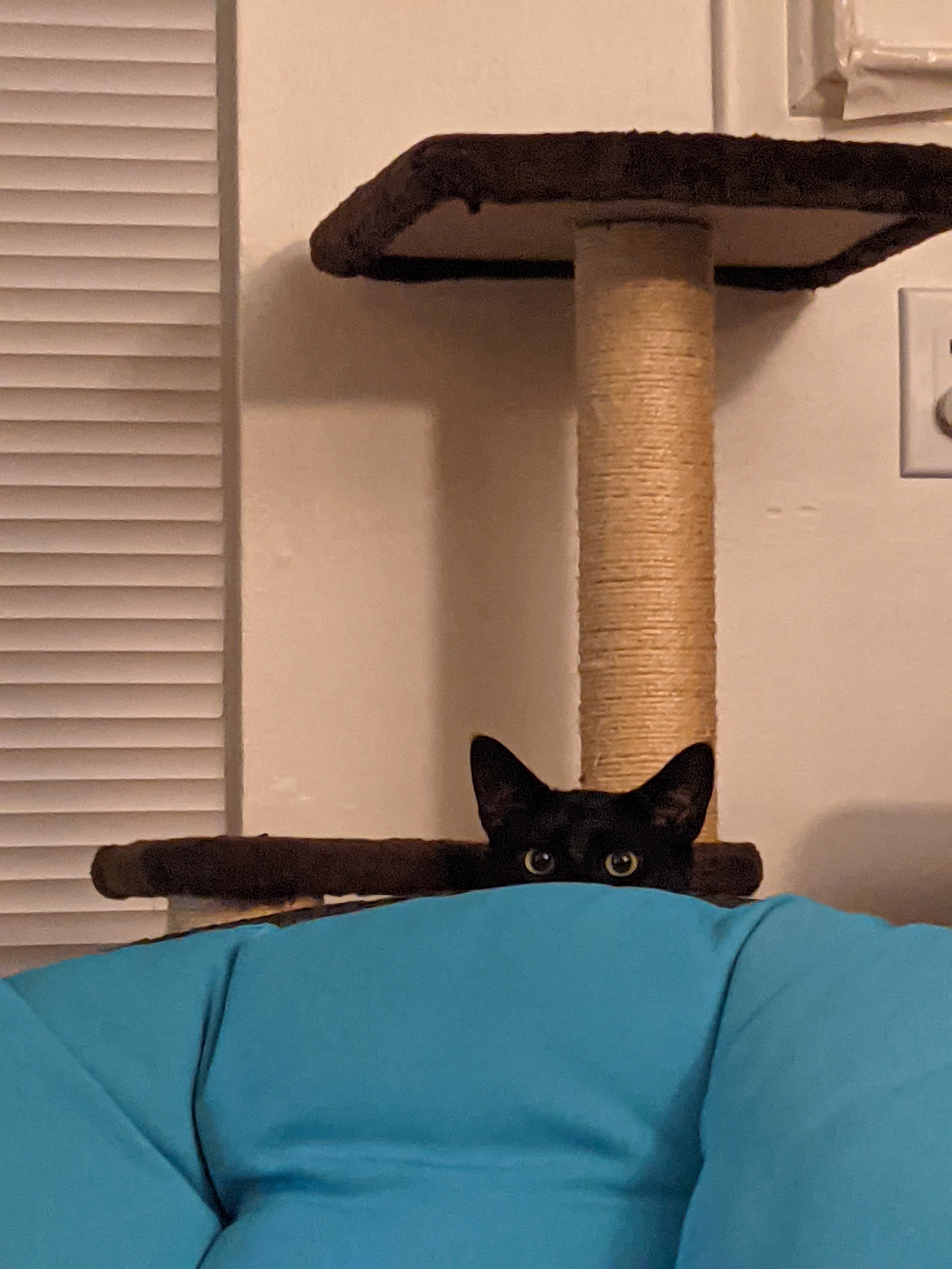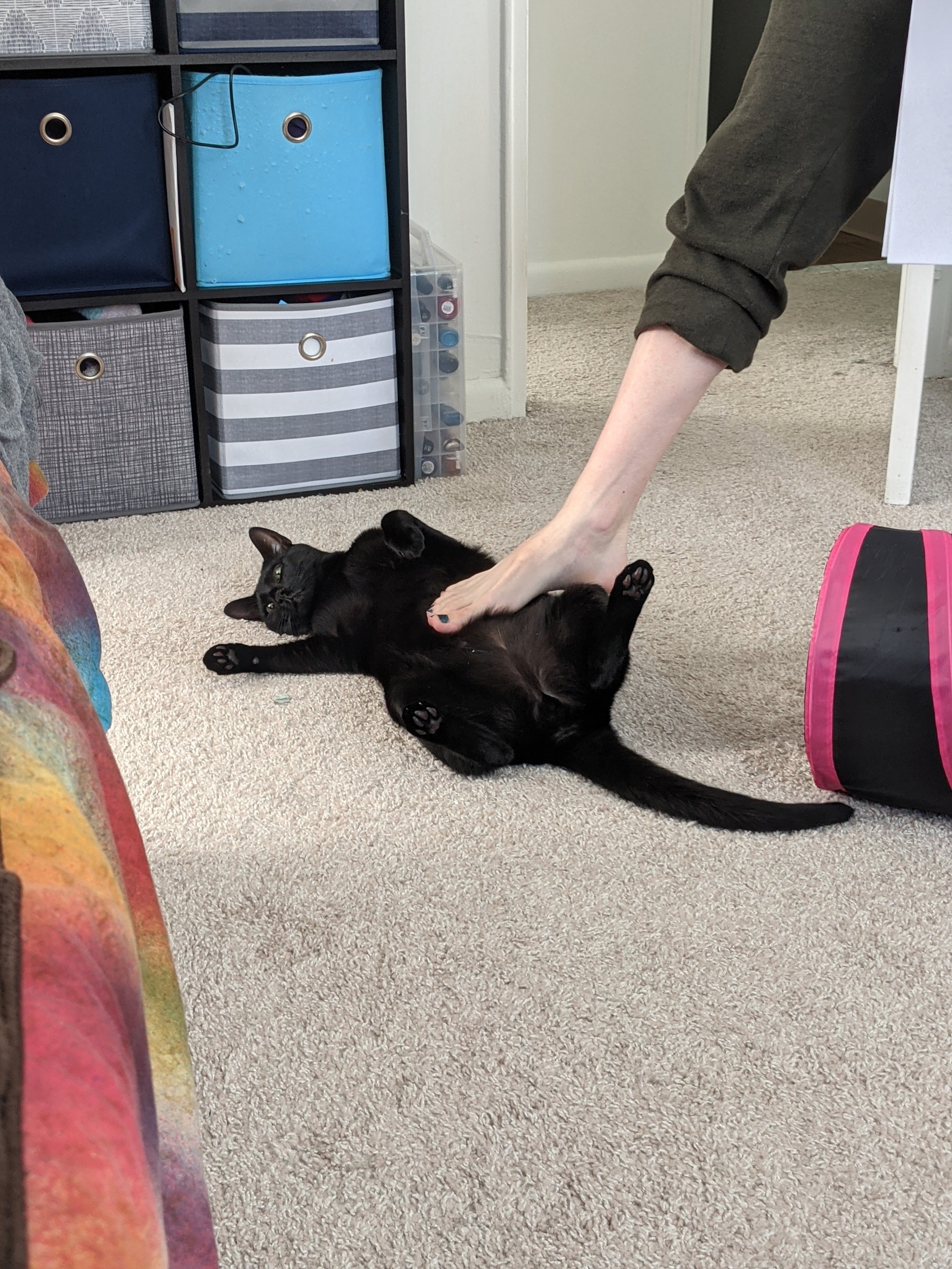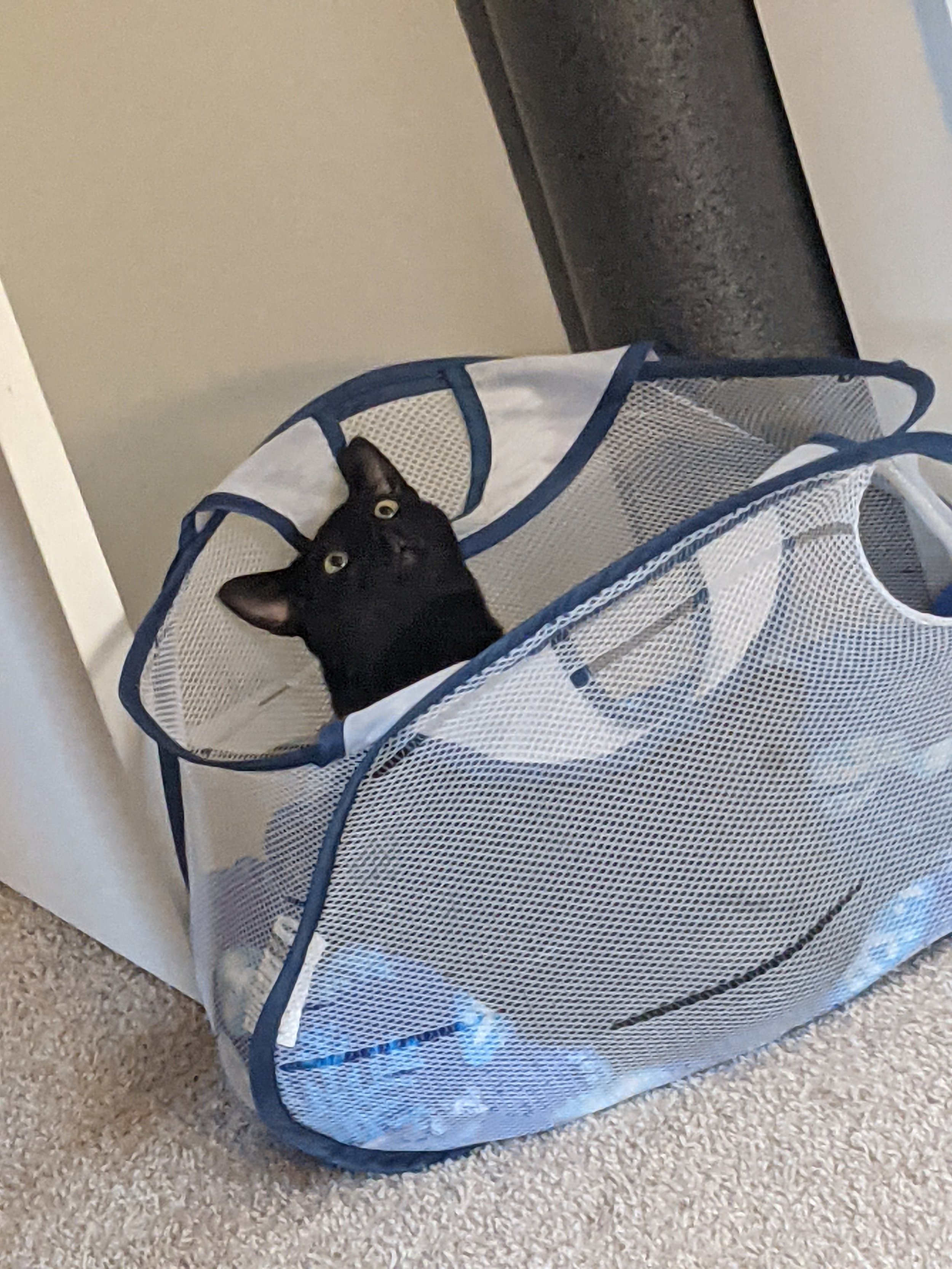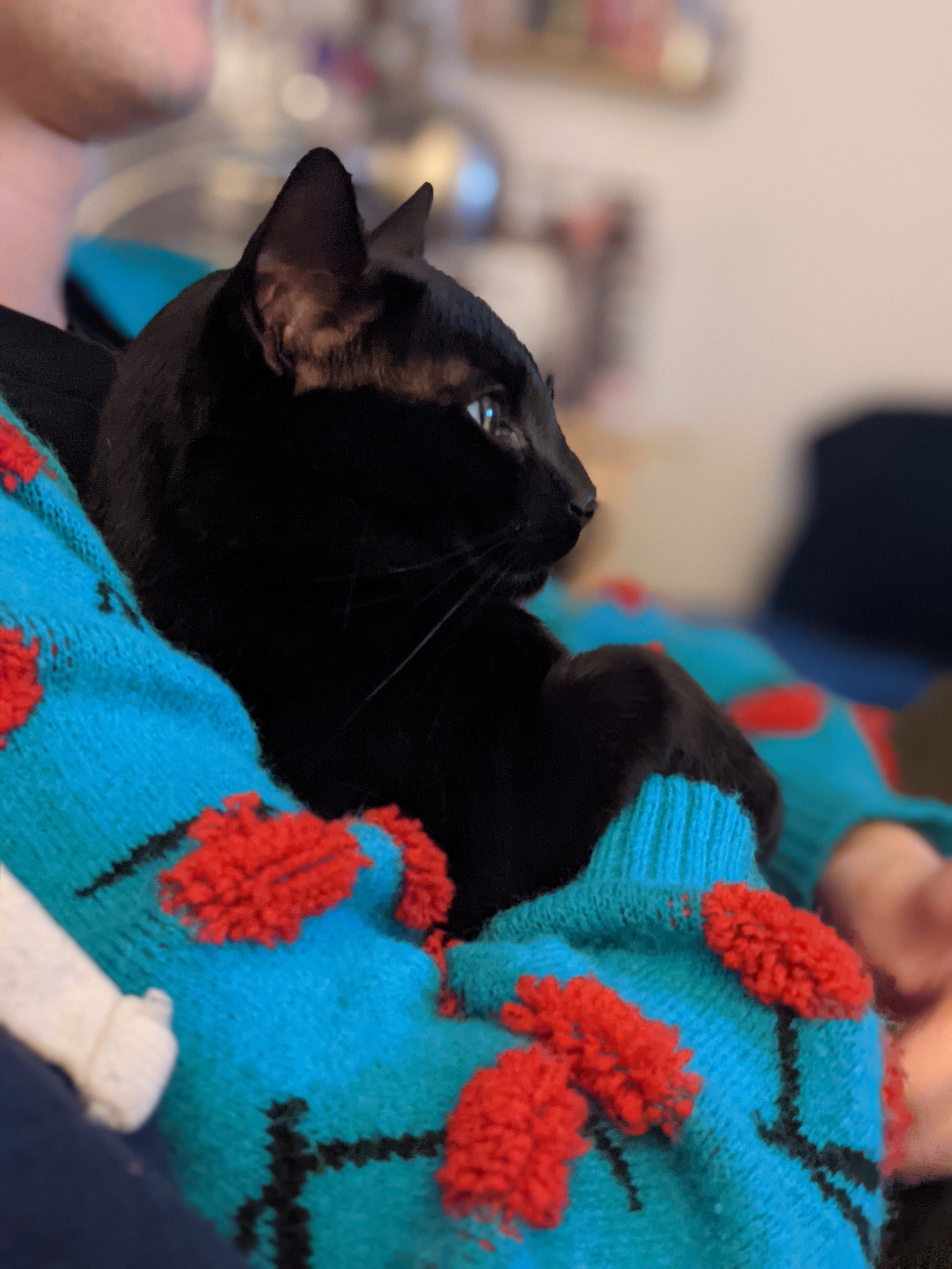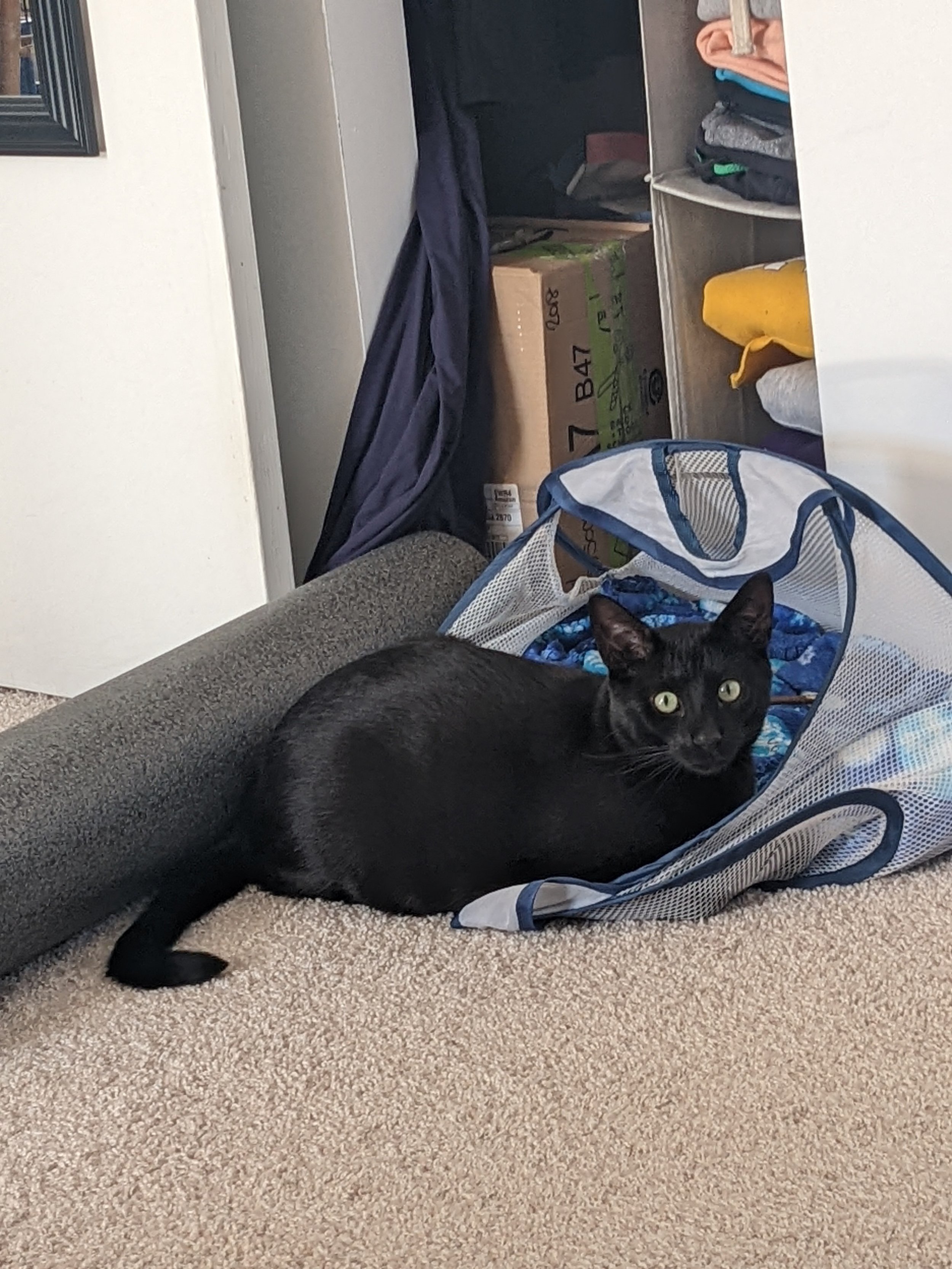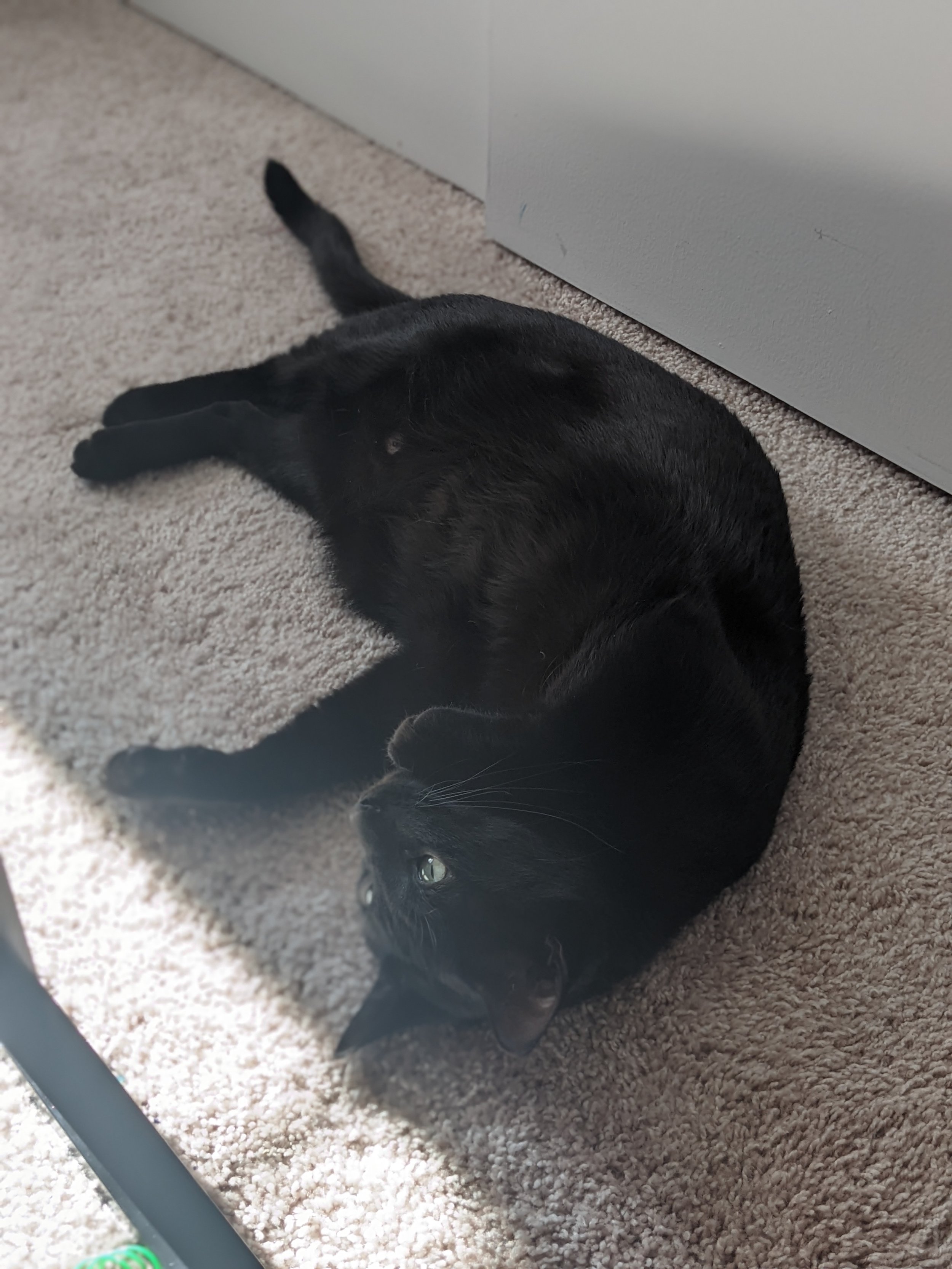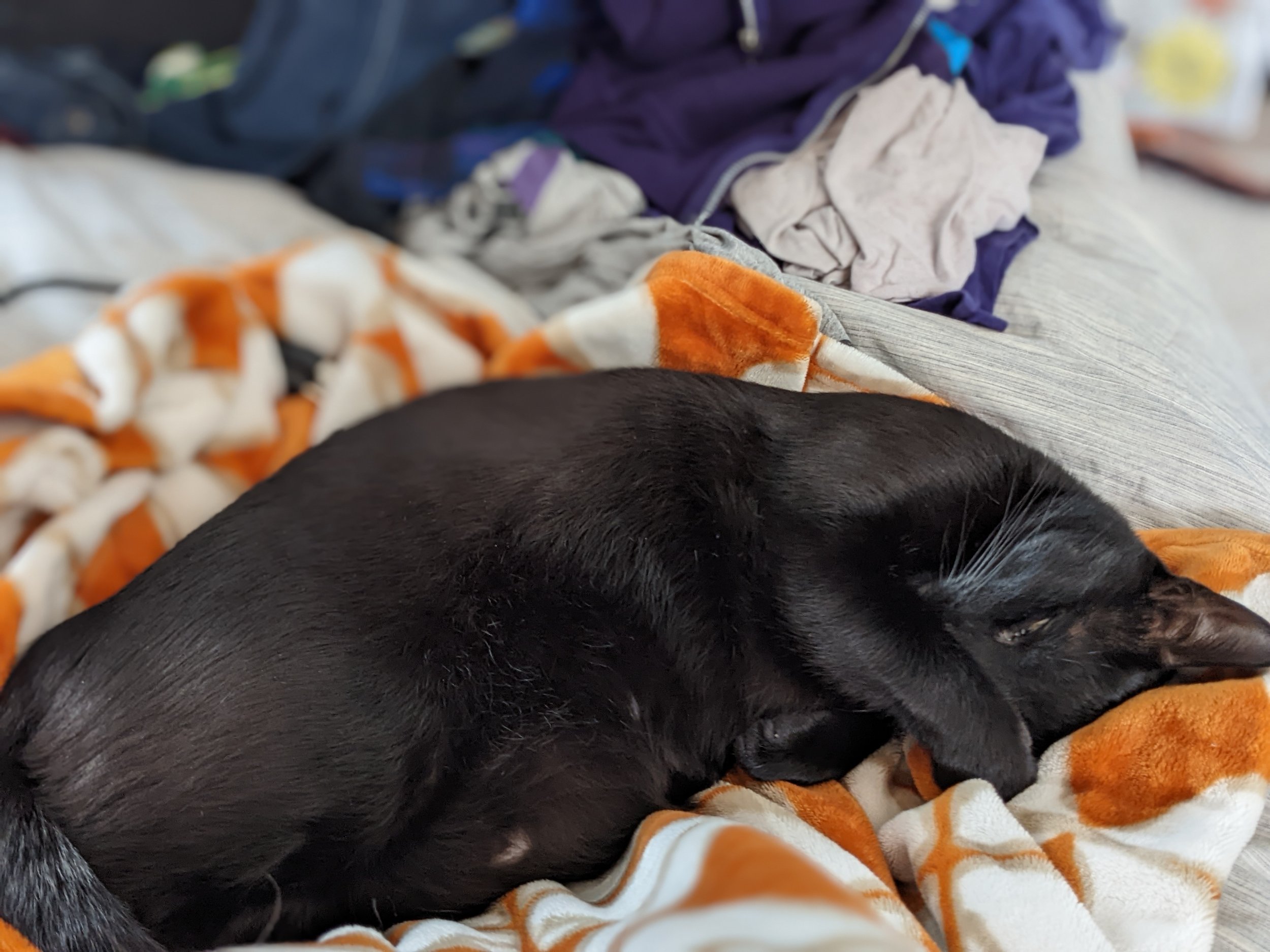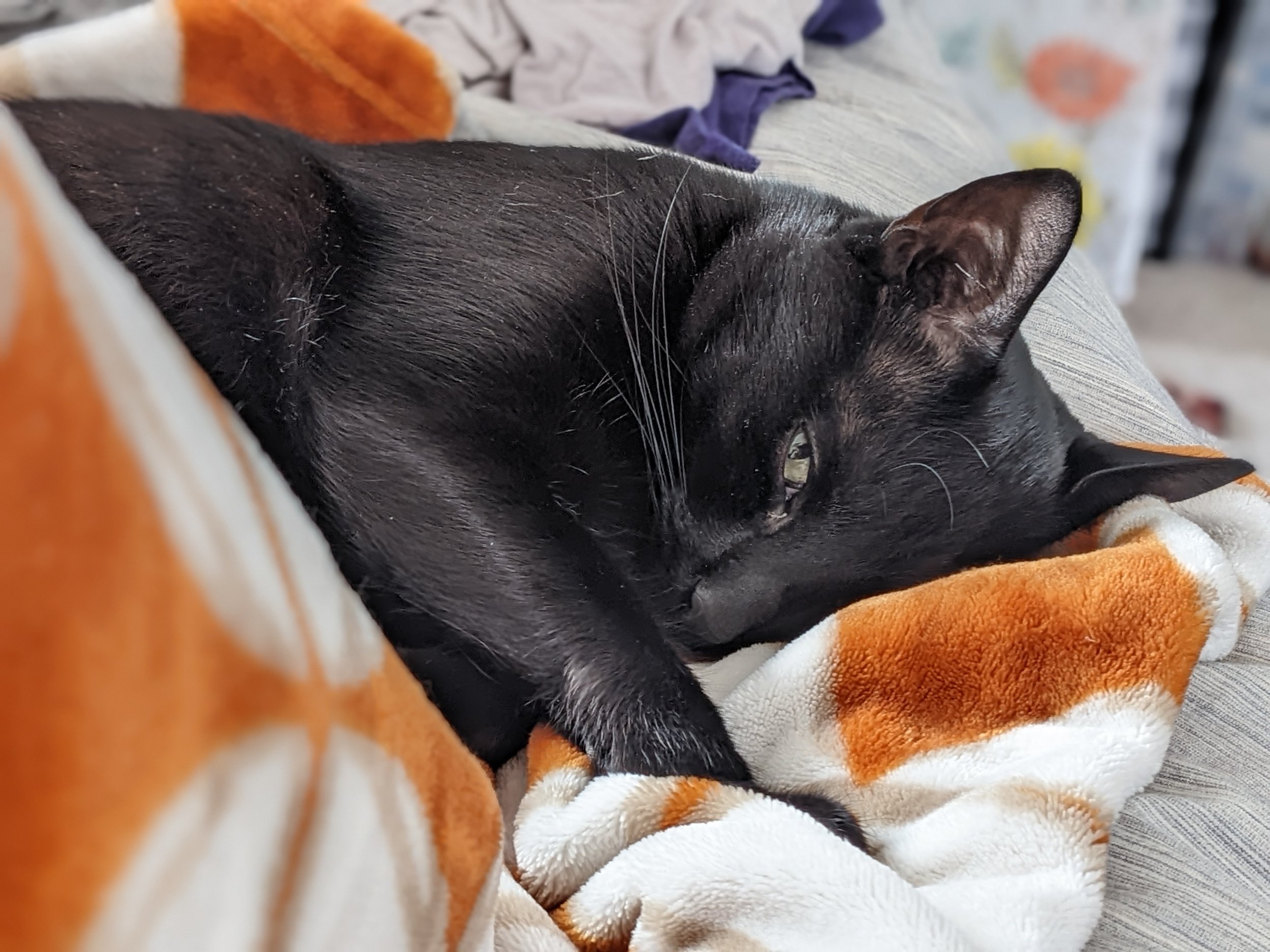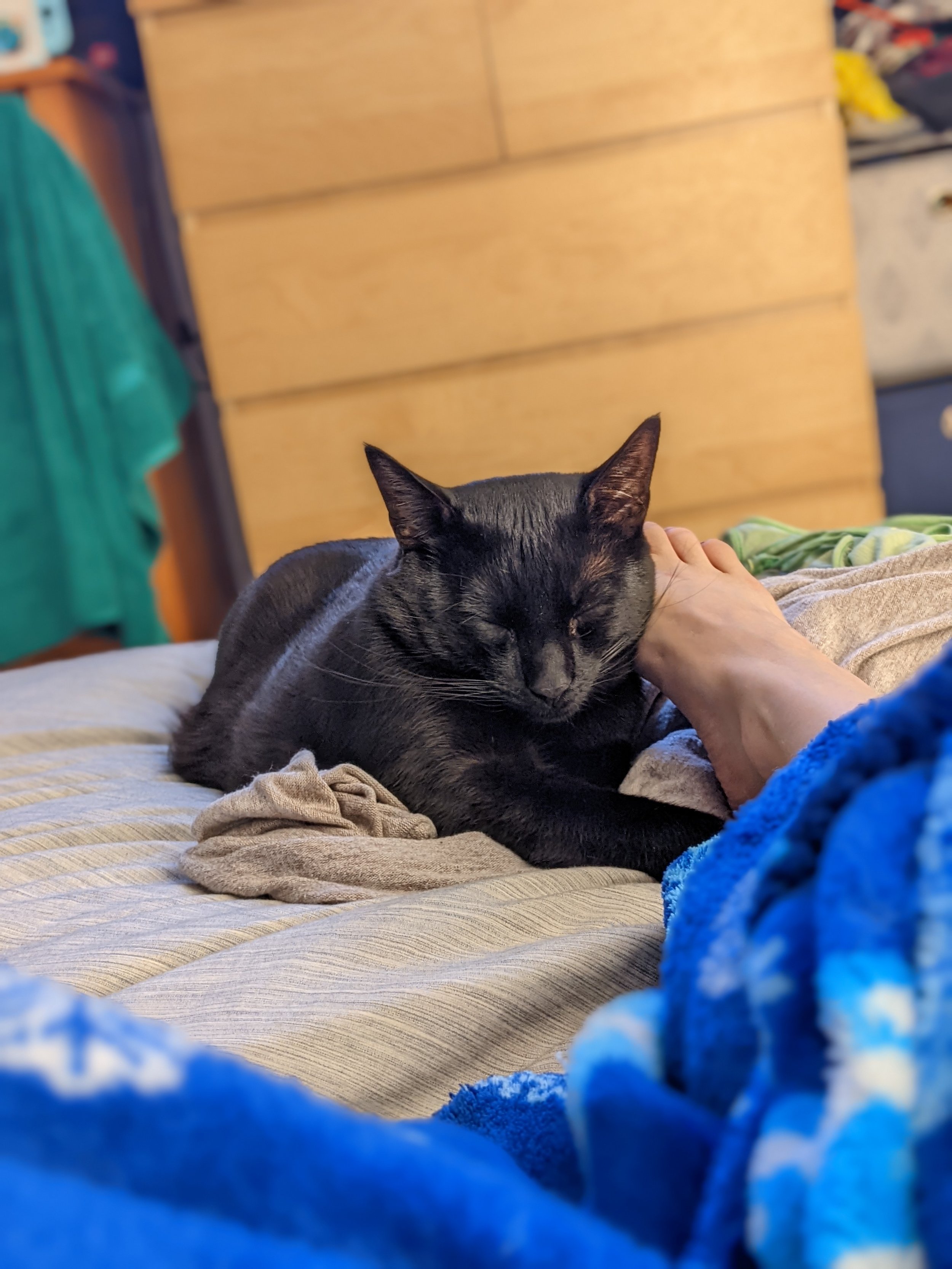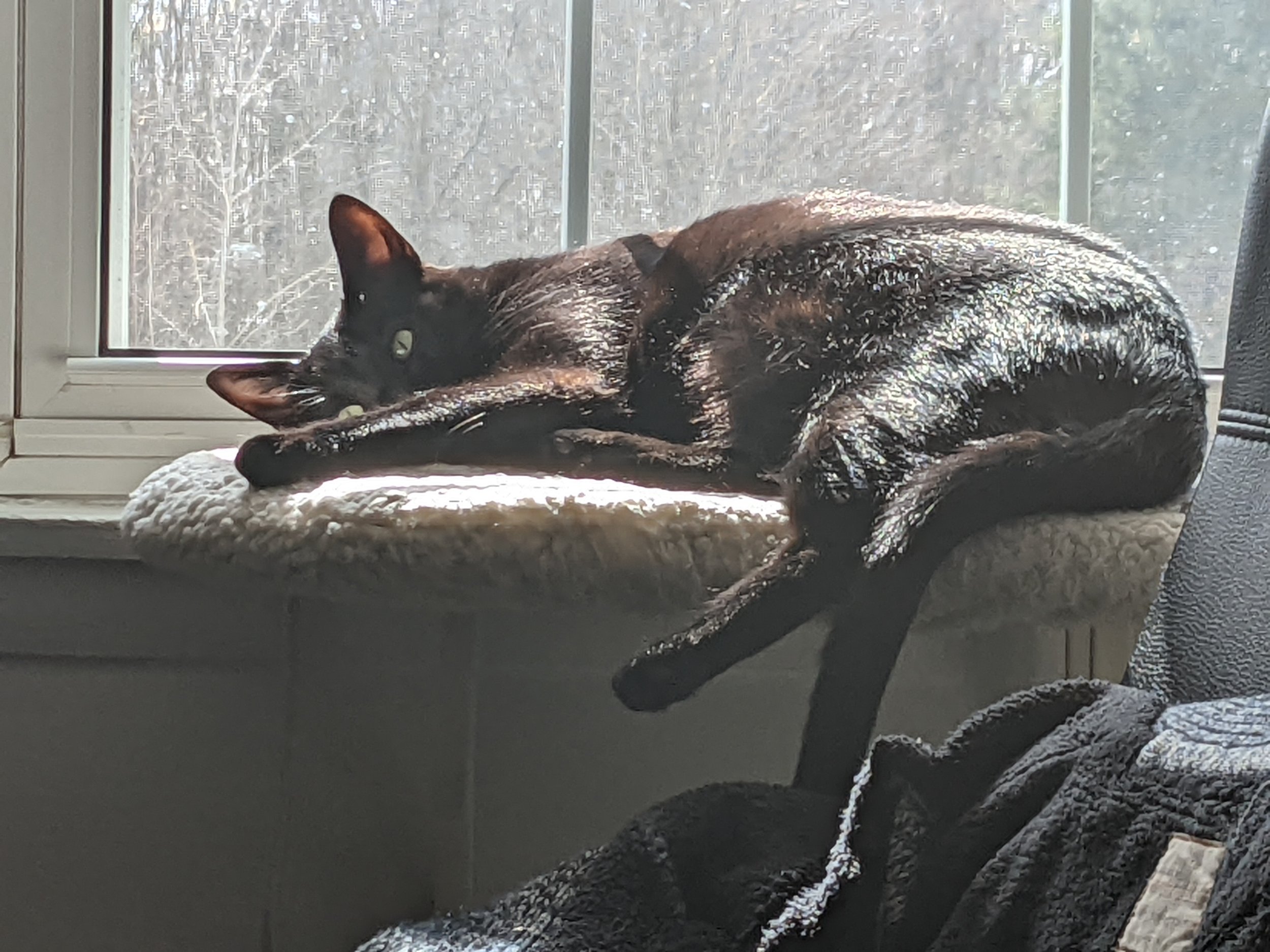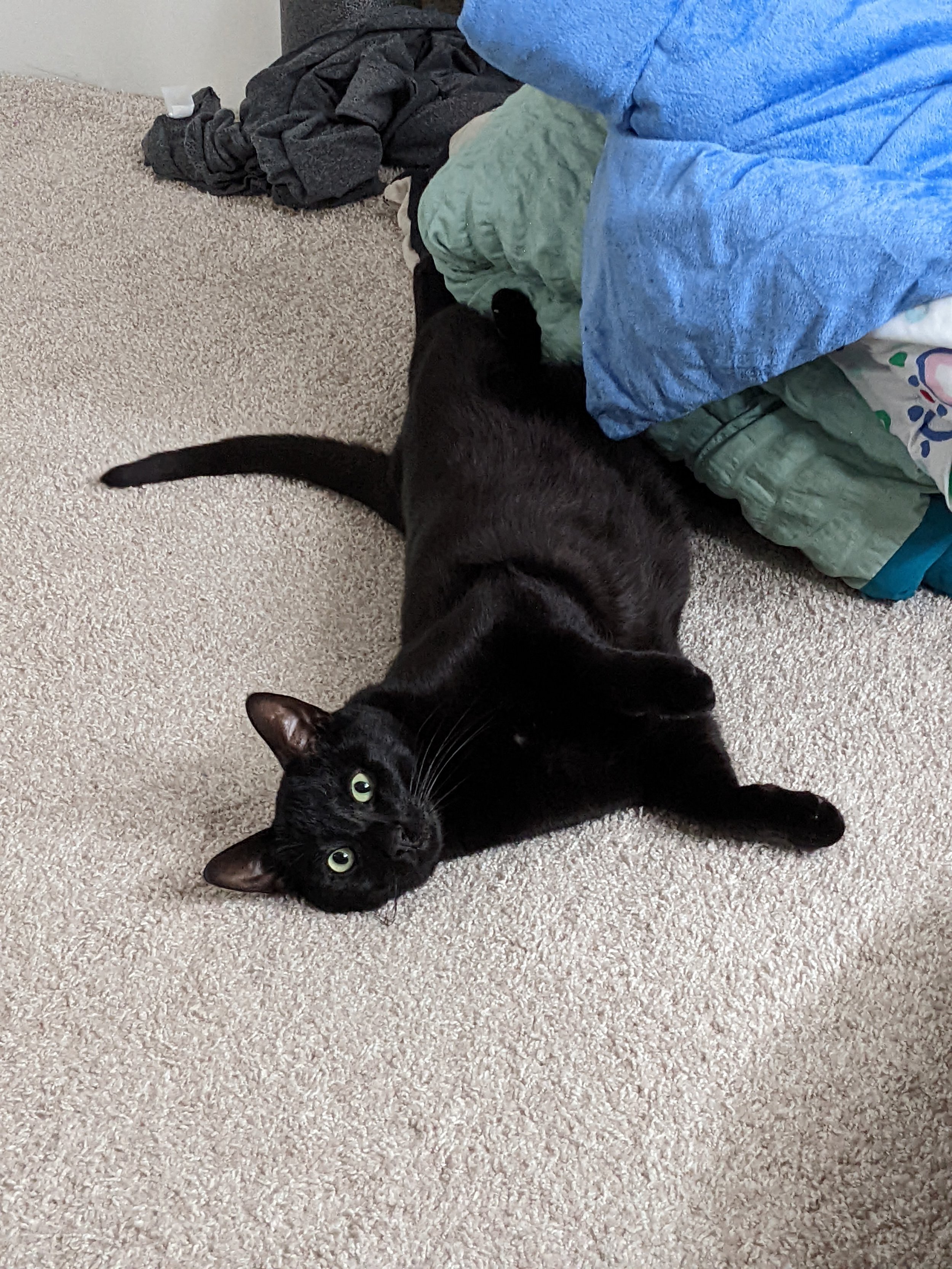Author’s note: Written in late 2014
Having thoroughly enjoyed Ms. Bishop's Black Jewels series, I admit that I had very, very high expectations for this novel. However, where Black Jewels was often crass and indelicate—particularly in terms of sex/uality—The Others has none of that, although as of yet the sex has been glossed over when it's appeared. I suspect that the glossing is more because it's irrelevant than because she's not intending to highlight it ever; it wouldn't be the author's style. Written in Red so exceeded my expectations that I have shirked my duties the past two days just to read it. Now that I've finished it, I'm slightly perturbed that I didn't buy the second book at the same time.
Written in Red is the first book in what looks to be perhaps the most interesting fantasy series I have ever read—even more interesting than Bishop's Black Jewels series, a set of novels I devoured several years ago as a middle schooler, and have revisited tirelessly throughout the last 10 years since. First published last year, but released in paperback in March of this year, the obvious question that follows that claim is: What makes this book different?
As seen in three series prior to this from Bishop (by me, specifically), the author is far from averse to creating her own universes. Black Jewels, Ephemera and Tir Alainn are all series set in unique landscapes, designed to facilitate the types of events that play out within them. Unlike the three series listed above, The Others is a series that takes place in a world quite similar to our own, but with some very key differences.
Namely, humans are definitely not at the top of the food chain. Taking their place in Namid, the name for the world in which they live, are the terra indigene, or, the 'Earth Natives'. Preceding the story is a brief history of the world, which explains that when humans tried to spread out onto new continents, the Others ate them. All of them. The third human to lead his people into the Others's territory was smarter than his predecessors and brought trade items, which paved the way for human–terra indigene interaction over the course of the next several generations until hamlets became towns became cities, but were still under the thumb of creatures far from averse to eating them.
The novel follows a young woman (age 24) by the name of Meg Corbyn, who has escaped from somewhere and is seeking someplace to live freely. She finds herself in a Courtyard (areas fully controlled by Others in which human law does not apply) and applies for a position called "Liaison"—not even knowing what it meant. Simon Wolfgard (a Wolf, but for the first time in my fantasy career, never a werewolf) hires her instead of turning her away, even though her hair stinks (she dyed parts of it orange in an attempt to disguise herself) and it is apparent that she's not quite telling him the whole truth. It turns out that the Liaison's job is actually a mail collector/sorter/distributor, and must be human because of a slew of impertinent-here reasons.
As Meg acquaints herself with the position, she sets numerous terra indigene on edge, irritates many, confuses many others, and yet somehow befriends every single one of them. Meg's life before running away was a caged one, in which she was considered property and designated CS759—cassandra-sangue 759: Meg was a blood prophet, whose skin was deliberately sliced open in order to obtain prophecies from her... for a price. A steep price, as it were, which is why her Controller is rather insistent upon her return.
The main plots in this novel include the plot for requisition of Meg Corbyn, an aspiring actress's attempt to gain forbidden information and ultimately steal a Wolf pup, and the sudden appearance of a terrifying new drug that cannot be explained by humans or terra indigene until the very end, when Simon Wolfgard figures it out—this is a note that becomes enormously important to the play-out of the sequel.
Through a dramatic series of frustrating events, told through a cycle of perspectives not limited to Meg and Simon, we get to know a relatively large cast of characters through not only their own consciousnesses, but also through the minds of those around them. While the novel is packed with drama and high tension, there is also a massive amount of humor—two things Bishop is very, very good at pairing and balancing. Because Meg manages to befriend nearly everybody—including those the Sanguinati (based on Vampires, but definitely more dangerous than that) and Wolves privately fear: the elementals (for lack of a better word)—her health and well-being are highly important to a number of persons, and when those two things are threatened, the human populations (especially her enemies) are essentially attacked via weather until the threat is, how shall I say, neutralized.
Written in Red begins to touch upon what will become the core themes of the book series, which tend to revolve around a very Us versus Them dichotomy, where 'Us' consist of the Others, and 'Them' consists of the human populations trying to expand their territories and economic power—at least until the narration-perspective changes. What happens, as with any sociopolitical/socioeconomic dispute, is that you find people caught in the balance who understand the need for groups to work together instead of against each other, and those people become "sympathizers" who are subsequently lumped in with "Us" by "Them". Is this beginning to sound familiar? If you're even remotely globally conscious, it should.
But tagging onto this theme is the notion of sympathy and loyalty. The Others are old, and have had control of their world, of protecting Namid for centuries. The humans want a mile if given an inch and are very bitter about being restricted. They need more to accomplish more: the constant struggle of humanity, no? Do you sympathize with the "monsters" who go so far as to eat wayward humans? Do you sympathize with humans because you are one? Do you sympathize with Others because they're doing what they believe is right? Do you sympathize with humans for wanting to be more? It's a really tough call, and Bishop's use of constant narration switching between persons and sides makes it a very difficult question to answer. Frankly, I think moral questions rarely have a clear answer, and if they do you're probably not thinking broadly enough (with exceptions).
At no point in this book (or series, for that matter) does Bishop ever begin to explicitly philosophize or wax poetic about this issue either externally or through the mind of the current narrator—at least not obtrusively. The struggles are there, and apparent, if you are open to them, but they are not force fed to you through exposition. For this, I was enormously grateful as a reader. This is a very overt example of the effectiveness of scene over exposition (although I am definitely not opposed to expository writing, even in novels), and absolutely deserves the attention of any die-hard fantasy reader.
Even if, or especially if, you have read Bishop's other material and not found it particularly to your writing, The Others is a breath of fresh air for anyone who likes fantasy with integrity.
Bishop's novel has received five brilliantly shiny gold stars from this lit critic and novel enthusiast. As an enthusiast, my opinion may be a bit biased—especially considering how fond I am of the author—but nobody's complained about my interpretation yet, so I guess I can't be that opaquely slanted. Or maybe I am, and that's not a bad thing yet.


